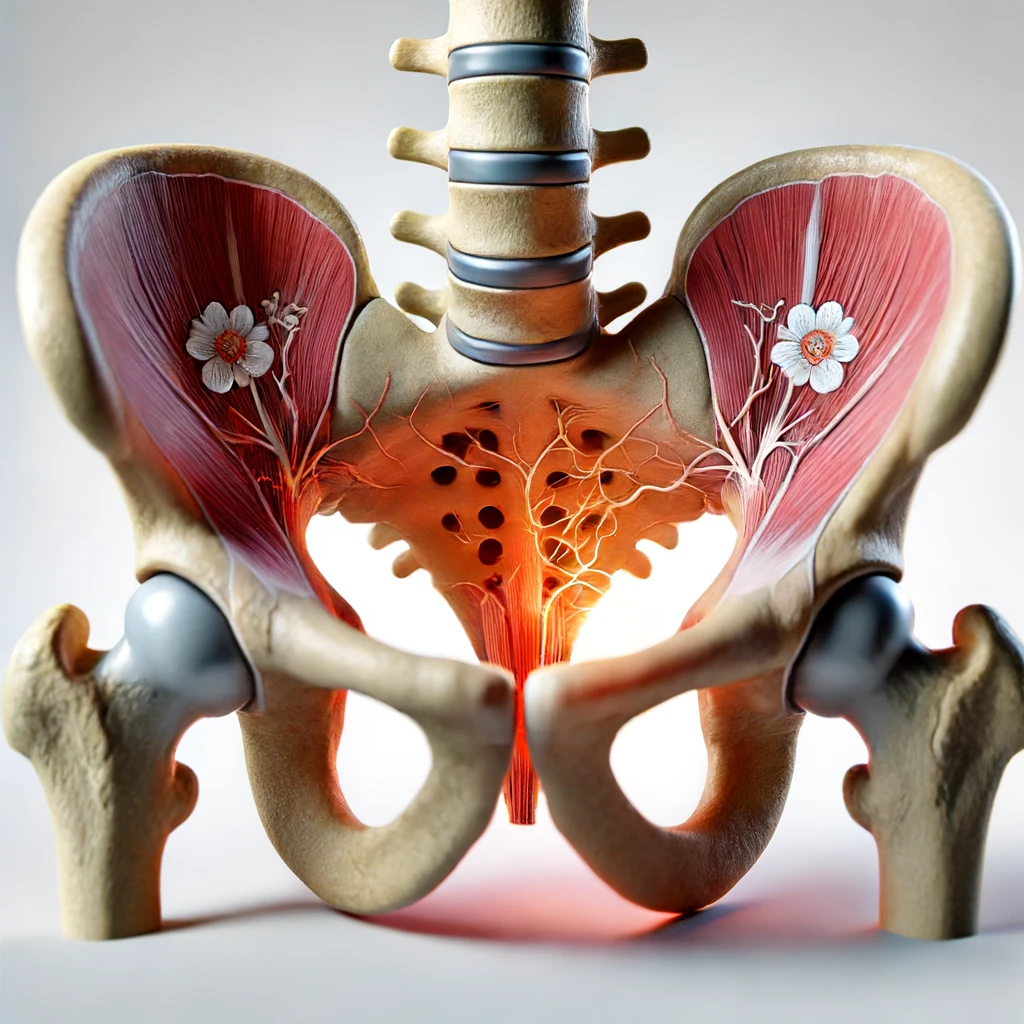Functional training
Functional training is part of Strength Rehab – Somatic Restoration. I work with a variety of methodologies and over the years, both as a professional partner acrobat and as Head of New Circus Department, I have worked with a wide range of different people. trained and worked. Functional training has gained considerable popularity in recent years and is often touted as the ultimate method for improving fitness and performance. What does this term actually mean? And what misconceptions are there about functional training? In this article, I will try to clarify the most important questions, highlight the advantages and disadvantages and discuss who this training is suitable for.
What is functional training?
Functional training is often defined as a training method that aims to improve movements and skills that are required in everyday life or in specific sporting activities. In contrast to the isolated strength exercises often found in traditional fitness programs, functional training focuses on complex, multi-joint movements that work several muscle groups simultaneously.
A typical functional workout might include exercises such as squats, lunges and rotational movements. These exercises aim to improve core stability, balance, flexibility and strength, which can be particularly beneficial for athletes and people with physical conditions.
Another definition is: “Functional training programs deliberately put the exerciser in an unstable position. The athlete must react and rebuild stability with targeted movements.” (Gambetta and Gray 2002).



Misconceptions about functional training
There are some common misconceptions about functional training:
Functional training means learning incredibly complex movement sequences:
Functional training primarily means adapting and improving the body’s basic movement functions. These basic functions are: Extension, flexion, abduction, adduction and rotation. These can come together in incredibly complex images. Functional training, in contrast to athletic training, primarily aims to improve these basic forms. Therefore, all exercises that do this fall under this term.
Functional training is only for athletes:
Although athletes can benefit from this form of training, functional training is suitable for anyone who wants to improve their physical performance in everyday life. This includes people with chronic pain or injuries who want to improve their mobility and stability through targeted exercises.
Functional training requires special equipment:
Many people believe that functional training requires expensive equipment or special gyms. In fact, many exercises can be performed with minimal equipment or even just your own body weight.
Functional training is too intensive:
Another misconception is that functional training has to be extremely intensive. However, the intensity and complexity of the exercises can be adapted to the individual fitness level and specific needs of the exerciser.
Advantages and disadvantages of functional training
Advantages:
1. improved abilities relevant to everyday life: Functional training promotes movements that occur frequently in daily life, such as bending, lifting, turning and carrying. This can significantly improve the quality of life.
2. reducing the risk of injury: By strengthening the core muscles and improving mobility, functional training can help to prevent injuries.
3. full body strengthening: Functional exercises work several muscle groups at the same time, resulting in a balanced strengthening of the entire body.
Disadvantages:
1. initially complex: Performing the complex movement patterns can be challenging at first and may require instruction from qualified trainers.
2. individual adaptation required: As each person has different needs and abilities, the training must be carefully adapted to avoid overloading or incorrect loading.
Scientific evidence
A study by Behm and Anderson (2006) suggests that functional training can produce significant improvements in muscular balance and overall performance when instability is introduced into the exercises. Another study by De Vreede et al. (2005) indicates that functional training could play an important role in maintaining an independent lifestyle.

Who is functional training suitable for?
Functional training is suitable for almost everyone, including:
– Athletes who want to improve their athletic performance.
– People who want to recover from injuries or relieve chronic pain.
– Older adults who want to maintain their mobility and independence.
– General fitness enthusiasts who are looking for a varied and effective training method.
Conclusion
Functional training offers numerous benefits for a broad target group. It can improve general fitness, reduce the risk of injury and increase quality of life. However, it is important that the training is individually adapted and, if necessary, carried out under the guidance of an experienced trainer in order to achieve the best possible results.





